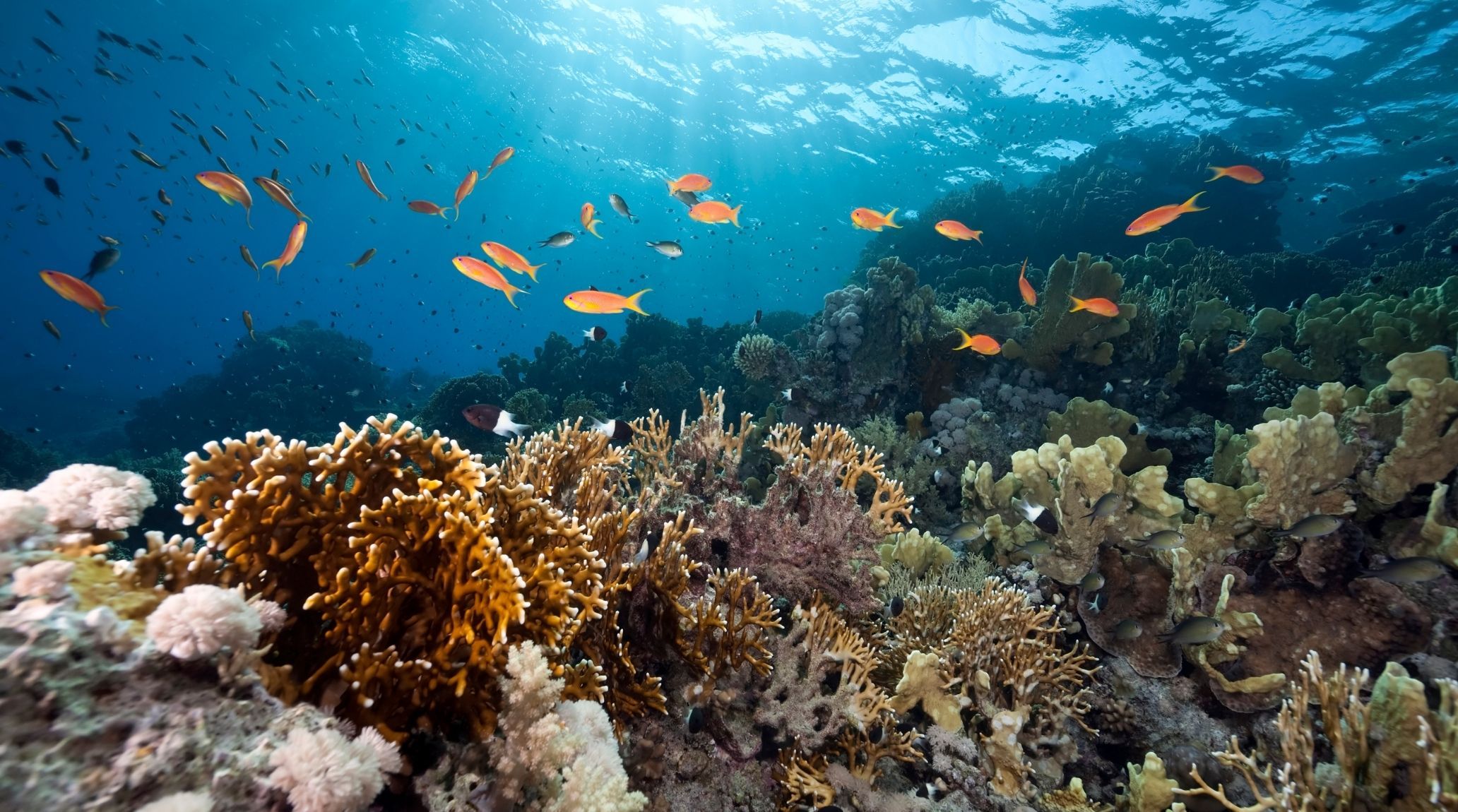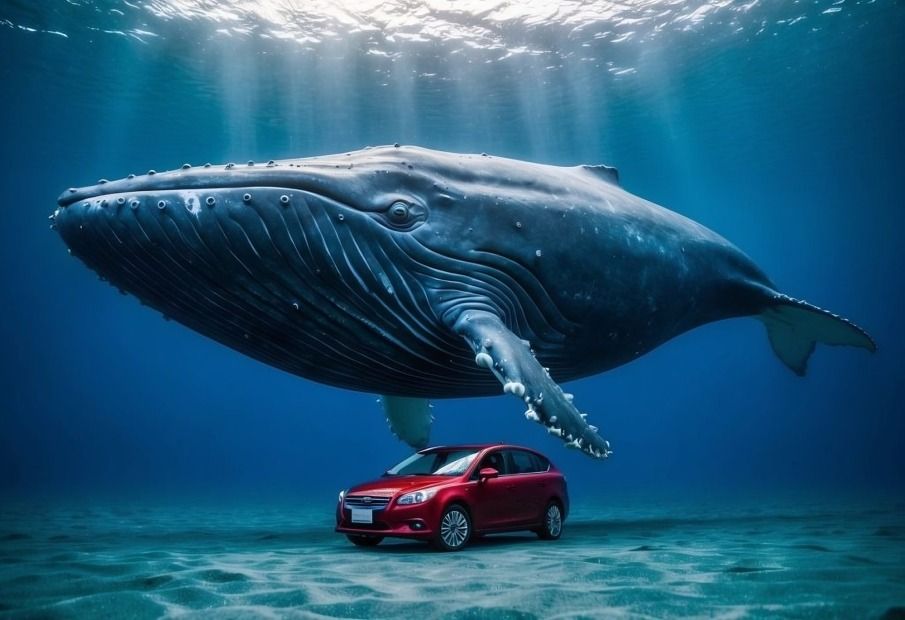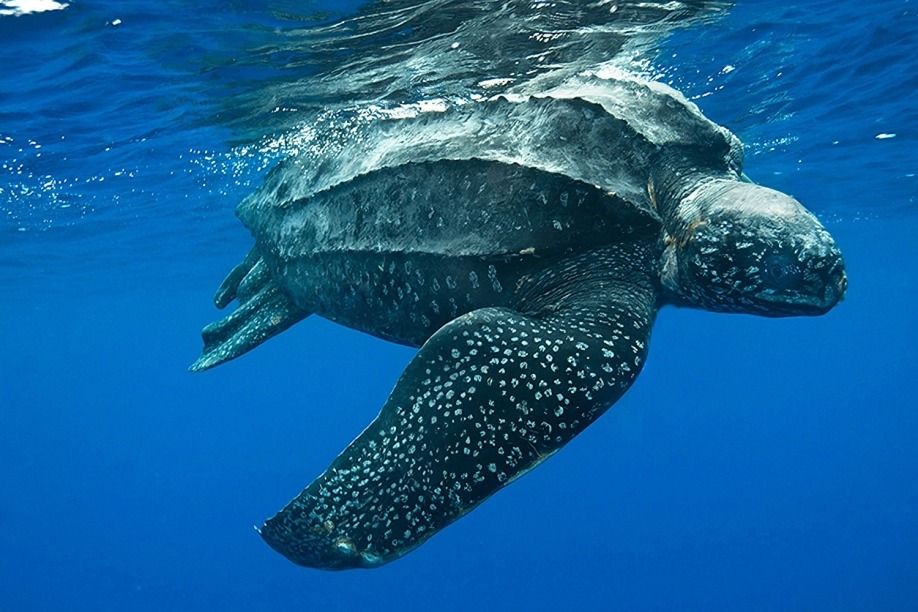
“
The ocean is a world of wonders, filled with a diverse range of creatures collectively known as ocean animals. These animals have adapted in extraordinary ways to thrive in various marine environments, showcasing an array of unique behaviors and physical traits. In this article, we will highlight 20 fascinating facts about ocean animals, focusing on their unique adaptations and the important roles they play in the underwater world.1
1
”

The blue whale is the largest animal ever known to exist, reaching up to 100 feet in length and weighing as much as 200 tons. Its heart can weigh as much as a car.
Octopuses are highly intelligent creatures, capable of solving puzzles and using tools. They have nine brains—one central brain and a mini-brain in each of their eight arms. Their intelligence helps them navigate complex situations. 1
The Turritopsis dohrnii, also known as the "immortal jellyfish," can revert to its juvenile form after reaching adulthood. This unique process allows it to avoid death, effectively becoming biologically immortal. 2
The Turritopsis dohrnii, also known as the "immortal jellyfish," can revert to its juvenile form after reaching adulthood. This unique process allows it to avoid death, effectively becoming biologically immortal. 3
In an extraordinary role reversal, male seahorses are the ones that carry and give birth to their young. The females deposit eggs into the male’s brood pouch, where the male fertilizes them and carries them until they hatch. 4
Giant squids can grow up to 40 feet in length, making them one of the largest invertebrates on the planet. They are rarely seen by humans and inhabit deep ocean waters. 5
The mimic octopus can imitate the appearance and movements of other marine animals like lionfish, flatfish, and even jellyfish. This mimicry helps it evade predators by either blending in with surroundings. 6
Many ocean animals, including certain jellyfish, squids, and deep-sea fish, can produce their own light through a process called bioluminescence. This light is used to lure prey, communicate, or confuse predators. 7
Dolphins use echolocation to navigate and hunt in the ocean. By emitting high-pitched clicks and listening for the echoes that bounce back from objects, they can "see" their surroundings. 8

Some species of sea turtles, such as the leatherback, migrate thousands of miles across the ocean each year. They travel between feeding grounds and nesting beaches with pinpoint accuracy.
Starfish have the remarkable ability to regenerate lost limbs. In some species, a whole new starfish can grow from a single severed arm if part of the central body remains attached. 9
Electric eels, which are actually more closely related to catfish, can generate electrical shocks of up to 600 volts. They use this electricity to stun prey, defend themselves, and communicate with other eels. 10
Despite their massive size, reaching up to 40 feet in length, whale sharks are gentle filter feeders. They feed on plankton and small fish by swimming with their mouths open. 11
Pufferfish can inflate their bodies by swallowing water (or air when on land) to make themselves appear much larger to predators. Additionally, many species of pufferfish contain tetrodotoxin, a potent neurotoxin that can be deadly to predators. 12
The mantis shrimp has one of the most powerful punches in the animal kingdom, capable of striking with the force of a bullet. Their club-like appendages can break through the shells of prey like crabs and even aquarium glass. 13
Although not a sea animal, polar bears are marine mammals that depend on the ocean for food, primarily hunting seals on sea ice. They are excellent swimmers and can cover up to 30 miles in a single swim. 14
Parrotfish play an important role in coral reef ecosystems by eating algae and dead coral, which they break down with their beak-like teeth. After digesting the coral, they excrete it as fine sand. 15
Female anglerfish have a bioluminescent lure that dangles from their heads to attract prey in the dark depths of the ocean. The light is produced by symbiotic bacteria. 16
Found in the Galápagos Islands, marine iguanas are the only lizards that have adapted to life in the ocean. They dive into the sea to graze on algae, holding their breath for up to 30 minutes. 17
Male humpback whales are known for their complex and beautiful songs, which can last for up to 20 minutes and be heard across vast distances underwater. These songs are thought to play a role in mating. 18


